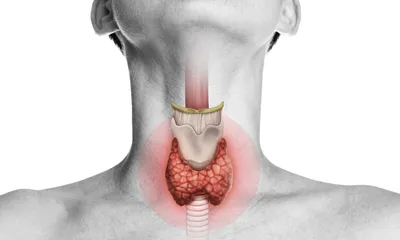Fungal Infections
-
Description
-
Signs & Symptoms
-
Anatomy
-
Cause
-
Diagnosis
What is Fungal Infection?
A fungal infection is one caused by yeast or mold in or on the body and occurs most commonly on skin or nails. A fungal infection is also called mycosis, and these infections may occur in the mouth, throat, lungs, urinary tract or elsewhere in the body too. There are different types of fungal infections, and some of them will be more serious than others. Superficial fungal infections are the ones that affect nails, skin, and mucous membranes, while subcutaneous ones are fungal infections under the skin.
Deep fungal infections occur in organs or elsewhere inside the body and are the ones that can potentially be very serious or life threatening. People with weakened immune systems are more at risk for deep fungal infections, and ones like urinary tract infections can occur repeatedly for these individuals in some instances.
What Causes Fungal Infection?
Being exposed to the fungi and having it remain on or in your body is the basics for what causes fungal infection. There are many different types of fungi that can be causing the infection, but some of the most common ones are dermatophytes, candida albicans, and environmental fungi like Histoplasma, Coccidioides, Blastomyces, and Aspergillus.
The spread of fungal infection is made possible in any number of ways too, and people can get a fungal infection from damp public spaces like showers or locker rooms, via breaks in the skin, or from breathing in the fungus. Antibiotic use can also be a possible cause of the infection, and in rarer instances it can be because of coming into direct physical contact with the fungi.
Fungal Infection Symptoms
The type of symptoms experienced will depend on the type of infection, and with superficial or subcutaneous infections the symptoms can include itching, soreness, skin redness, rash, discolored or thickened nails, pain while eating, loss of taste, white patches in the mouth or throat, and lumps under the skin.
The most frequently seen fungal infection symptoms for the lungs are excessive coughing, coughing up blood, fatigue, fever, muscle aches, shortness of breath, joint pain, headaches, and night sweats. Fungal infections of the brain will cause headache, fever, neck pain, nausea or vomiting, light sensitivity, and confusion. A person with a fungal infection in the eye may have pain, discharge, redness, blurred vision, tearing, and sensitivity to light.
Intestinal tract – abdominal pain, nausea, vomiting
Sinuses – fever, nasal congestion, headache, facial swelling, pain in the face
Fungal Infection Treatment
The most conventional approach to fungal infection treatment is to have the person start on antifungal medications like Diflucan or Sporanox. These medications work to kill the fungi and prevent them for colonizing further and continuing the infection. Medicated eye drops are used to clear a fungal infection in the eye, and for some infections an IV may be required for the administration of the needed medication. Medicated shampoos may be needed for treatment of a fungal scalp infection.
Signs & Symptoms
- Redness
- Itching
- Swelling
- Flaking or scaling skin
- Blisters
- Cracking or peeling skin
- Discolored nails
- Thickened nails
- Rash
Anatomy
- Skin
- Nails
- Scalp
- Feet
- Groin
- Mucous membranes
- Lungs (invasive fungal infections)
Cause
- Dermatophytes
- Candida
- Aspergillus
- Histoplasma
- Contact with infected individuals or animals
- Warm, moist environments
- Weakened immune system
- Poor hygiene
- Use of antibiotics
Diagnosis
- Physical examination
- Medical history review
- Skin scrapings
- KOH test
- Fungal culture
- Biopsy
- Blood tests
- PCR testing
- Imaging tests (for invasive infections)



